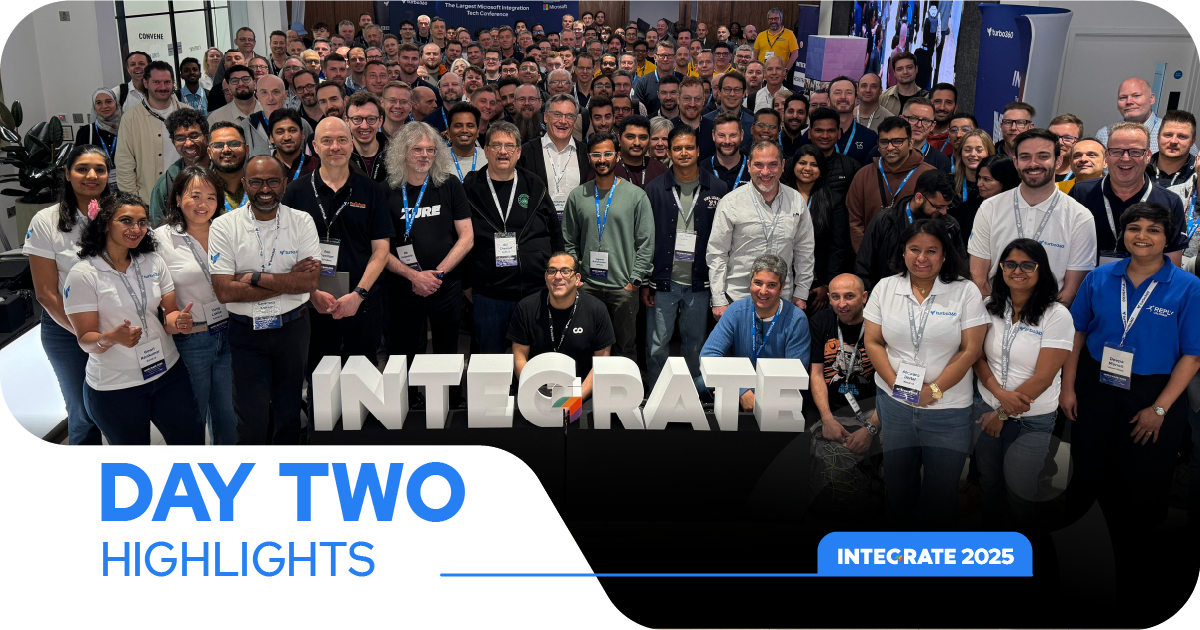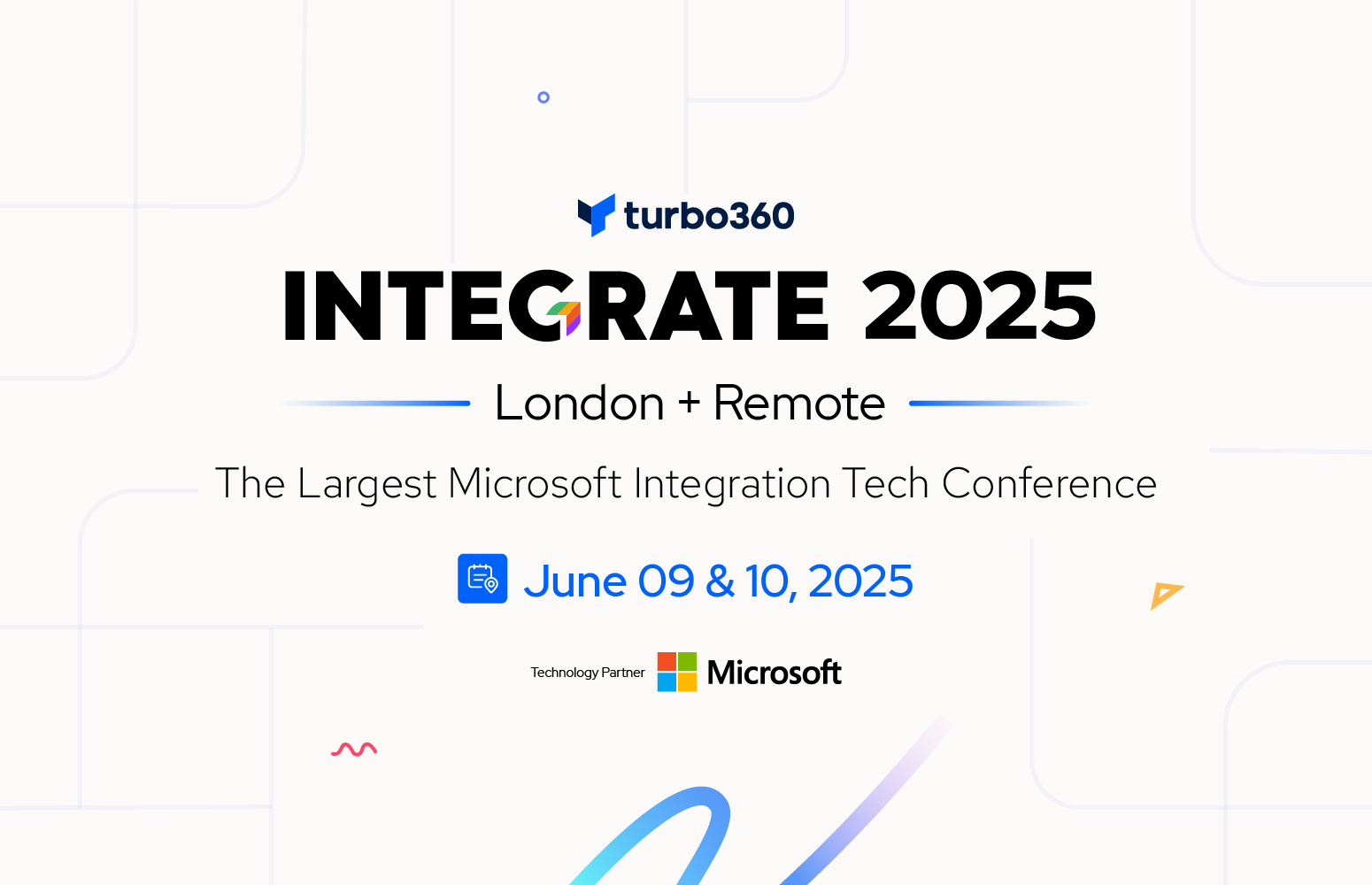Introduction
This blog is an extract of session “Integration in Industry Verticals” presented by Divya Swarnkar, Senior program manager at Microsoft.
In this article, we are going to dive deep into multiple use cases on how different industry verticals are building their sustainable cloud-native applications using different Microsoft Integration technologies.
HealthCare Industry
With that, we are going to first dive into the healthcare industry. It is one of the most important vertical especially in the current situation and which is on top of everyone’s mind.
HL7 is a commonly used data standard for exchanging healthcare messages. As of now, Microsoft don’t have any native support for processing any HL7 messages. In the upcoming demo, let us see how Microsoft healthcare team collaborated with the Logic Apps team to inject HL7 messages over MLLP or HTTPS by proceeding to process and convert those messages to Fire. It is a modern standard used in healthcare which is interoperable between several systems.
Demo
Consider a scenario where a health care department wants to do a new drug study around diabetes once a potential candidate registers with diabetic conditions. It will then consider a few parameters like age, gender to study inclusion. Finally, these data will be sent to visual analytics to facilitate study and decide candidates.
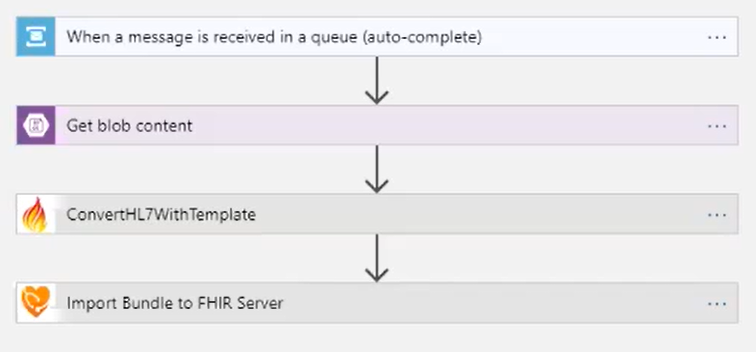
The above logic apps contain the Service Bus Queue trigger to process the sequential messages and pull the message to a Blob container. In this case, the Service Bus contains only the metadata, but the actual content will reside in the blob to handle large messages. Furthermore, there is a custom connector that converts the HL7 message to a fire message. And Finally, there is an Azure Functions called inside the logic app to do further message processing.
The Custom connector has a field called template which defines the rules for the conversation. This use case contains a self-composed or loosely coupled logic apps rather than a monolithic one.
Here comes another logic app which ingests the data from the previous logic app for further data processing.
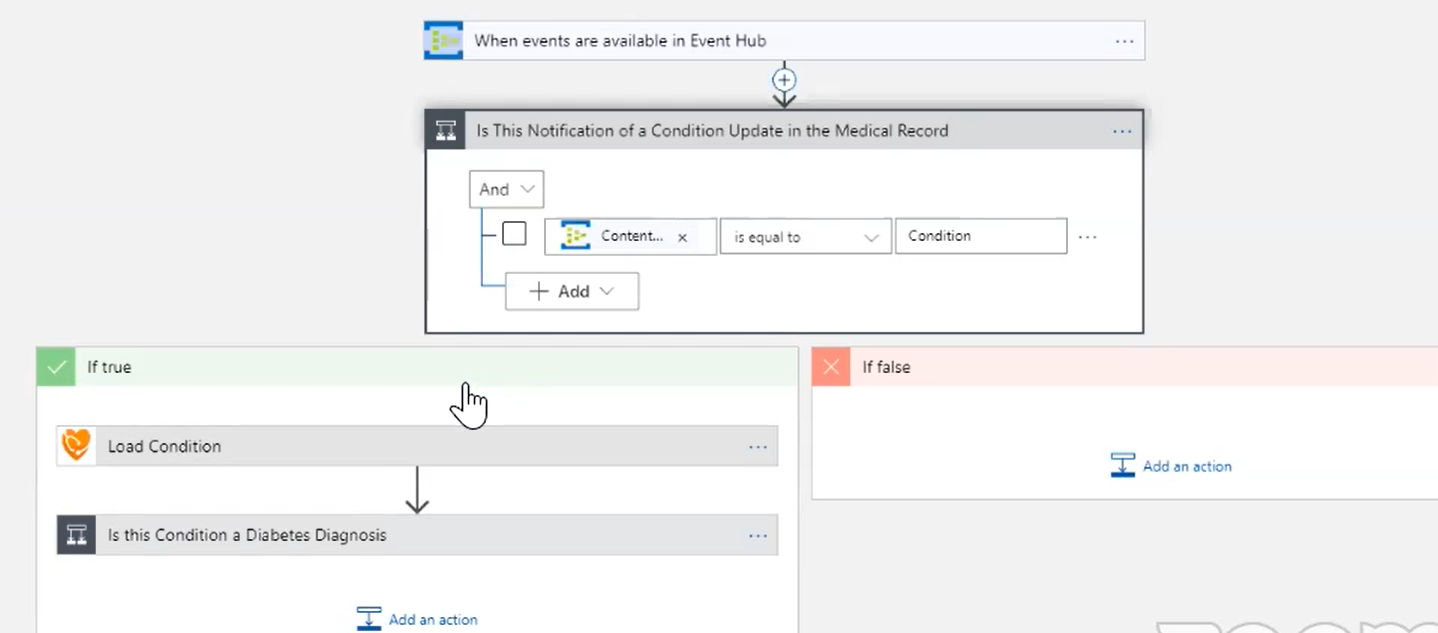
The above logic apps contain the Event Hubs trigger which ingests the data and check for specific conditions. If the message metadata contains the diabetes data, then it goes through the true condition where the message will be pushed into SQL to power the Power BI dashboard and visualize the data.
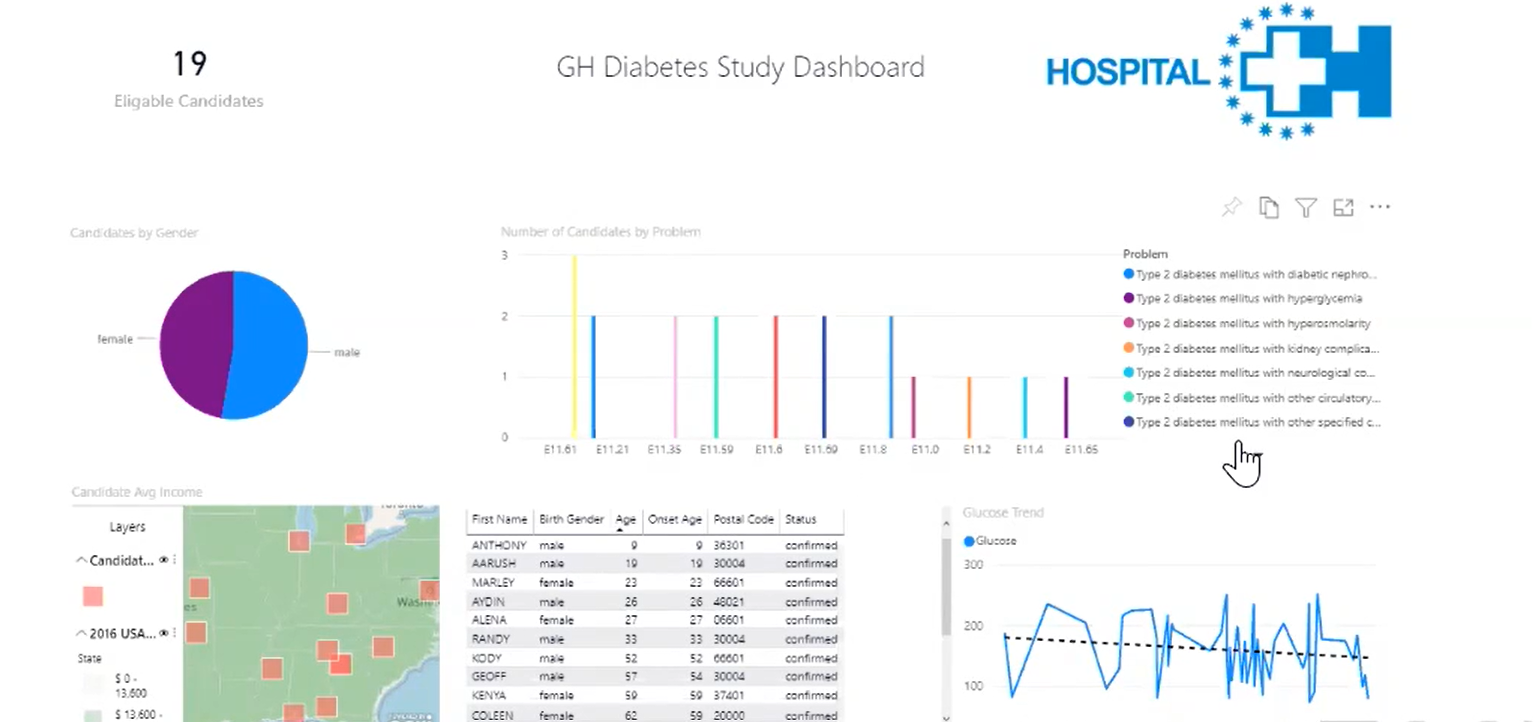
Key Takeaways
HL7 converter hosted on Microsoft Health GitHub repo. You can also let the team know if you still need support for HL7 converter and about templates.
It is recommended to use Functions and custom connectors which are extended capabilities of Azure Logic Apps.
IOT EDGE
Gartner calls out IoT Edge as one of the technology transits and where a lot of innovations will have in this space. You can use logic apps literally everywhere which also includes the containers.
Demo
Consider a Contoso retail store has installed IoT sensors on the shelves on their stores which are sending data on the stock on the shelves in real-time. They want to process all the events on edge and notify when the shelves need to be re-stocked. This demo uses a couple of Microsoft Integration services which is Logic Apps and Event Grid.
While running the logic app it returns the call back URL which is being used by an IoT EDGE as a subscriber.
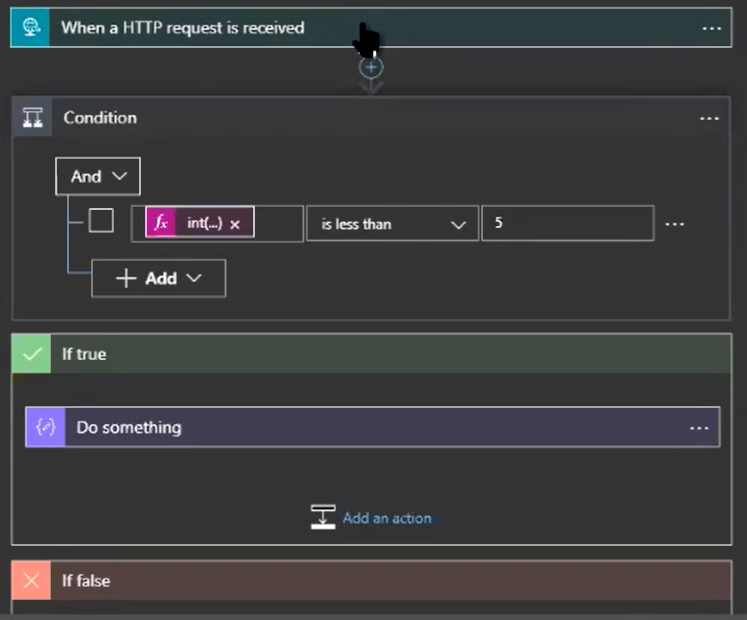
The above logic apps contain the HTTP trigger which receives the IoT Edge request and checks the inventory against the specified threshold value. If the condition is true, it takes further action to add items to the inventory.
Key Takeaways
The Logic Apps can now be deployed everywhere which includes containers and deployed as stateless workflows. Both the features are in Private Preview now which certainly opens key use cases in IoT EDGE applications.
- Even better low code development and integration for EDGE
- Integration with APP Insights
- More built-in connectors, including EDI connectors
SWIFT/Financial Payments
When it comes to financial payments SWIFT is one of the top providers in secure financial payments messaging. It is being used in 11 countries and in more than 11 thousand institutes across the world. SWIFT and Microsoft are working together in order to bring all its capabilities into Azure.
Demo
In this demo, we are about to use the ISE/Dedicated logic apps where VNET connectivity gives security and isolation. Also, we are going to see how to handle SWIFT flat-file (MT) and MX message.
Consider a scenario where the Fabrikam Treasury is sending a payment transaction worth million to close a recent business acquisition.
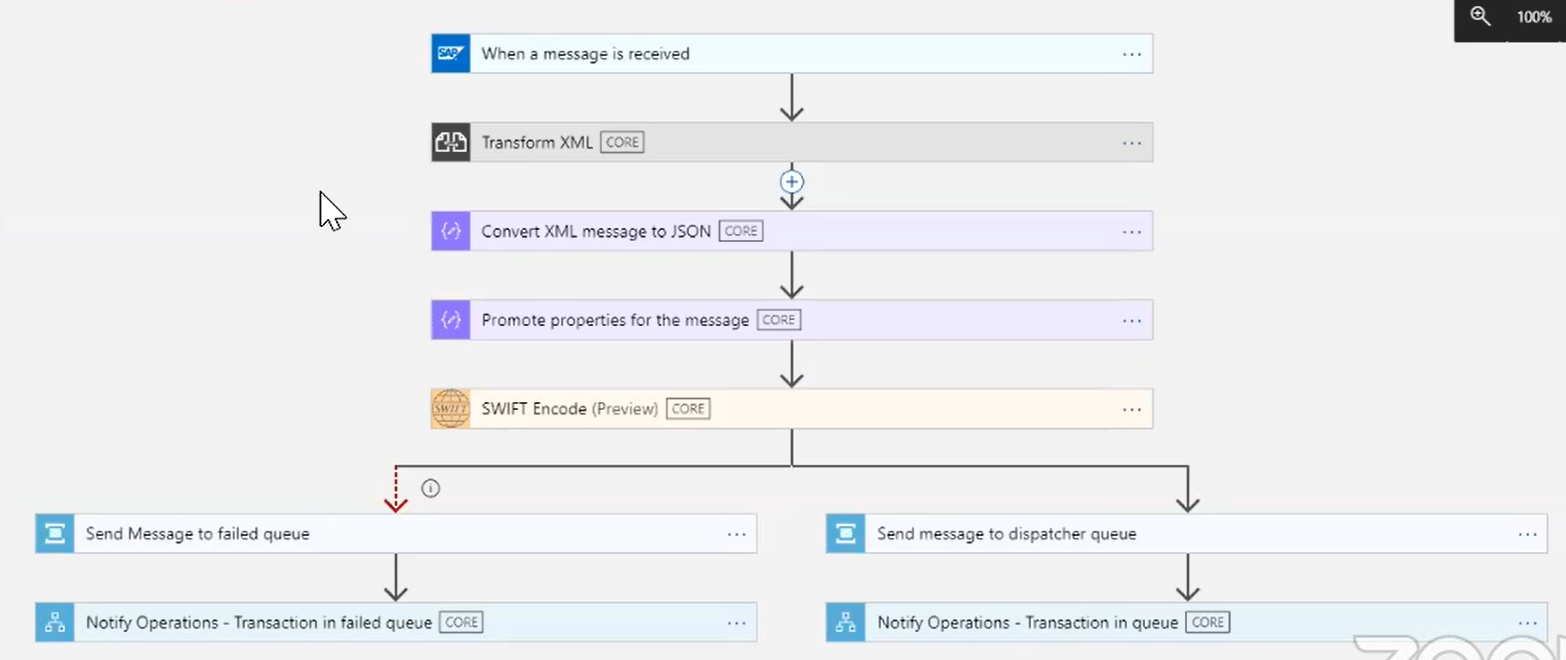
In the above logic app, it contains the SAP trigger which is recently launched and now available in ISE. If your SAP on-prem system and ISE is connected either through same VM or peered together, then it may not require Gateway to connect both.
Further the downstream action contains a Transform XML action that converts the XML message to SWIFT XML and additionally, we have a compose action that converts XML message to JSON. Subsequently, it promotes few properties for the message and assigns tracking id for critical business data.
Then the logic app contains the SWIFT Encoder which converts the XML into a flat-file and sends messages to the downstream actions for notifying the stakeholders.
Key Takeaways
- SWIFT integration – Sign up for Private Preview
- SAP connector for ISE (no gateways)
- Get More SWIFT capabilities and send your feedback to your team
- EIP tools for VS 2019 is coming soon
Closing thoughts
- Consumption Logic Apps, single-tenant or dedicated Logic Apps, Logic Apps in containers
- Stateful and stateless workflows
- HL7 converters, SWIFT connector
- If you have any queries reach out the team on Twitter






